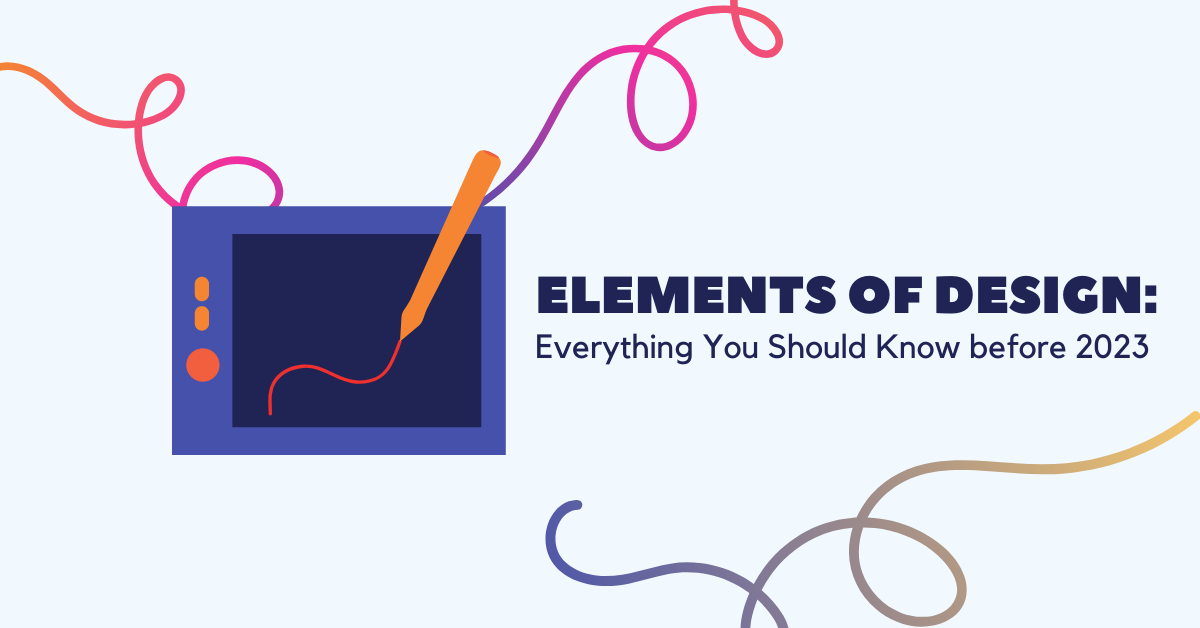Design elements are the basic units of any visual design which can be combined together to create a piece of artwork. The elements of design can be thought of as the building blocks of a painting, photograph, or any other type of visual composition. The basic elements of design include line, shape, texture, color, and space.
1. Lines
The term “line” describes the path connecting two locations in space. Lines, whether they be vertical, diagonal, or horizontal, can assist draw the viewer’s attention to a particular area of your picture. Instead of only using straight lines, texture may also be produced by using other sorts of lines, such as curved or patterned lines.
2. Shape
A shape is, in its simplest form, a two-dimensional region that is encircled by an outline. To make a form look three-dimensional, graphic artists can also employ additional aspects like line, colour, value, and shadow. There are three different kinds of forms: organic shapes that are found in nature, geometric shapes that are angular and mathematically consistent, and abstract shapes that roughly depict elements of nature.
3. Form
Form is concerned with how a form or physical arrangement takes up space. Designers generate the illusion of form on a flat surface by utilising light, shadow, the look of an object’s curves, negative space, and the items around the subject matter, as opposed to producing form through three-dimensional actual shape.
4. Space
Using space effectively can help others see your design the way you intended. The area between or surrounding an image’s main point is known as white space or negative space. The area that your subject matter occupies in your composition is known as positive space. Your design’s space is crucial since a cluttered layout might exhaust the viewer’s eye.
5. Texture
One of the design components used to depict how an object looks or feels is texture. Whether it is bumpy, velvety, or ribbed, tactile texture is a feeling of touch. Contrarily, visual texture refers to the imagined texture of the illustration, which can add visual appeal and enhance the sensory experience.
6. Color
Color contributes to the composition’s atmosphere. Humans experience colour when light waves strike an item and bounce back to the optic nerve in their eyes. Color is a tool used by designers and artists to convey and characterise a subject. Designers employ colour to convey mood, light, dimension, and point of view. The colour wheel and the principles of colour theory—a system of rules for combining, altering, and mixing colors—are used by designers to construct colour schemes.
7. Value
Value in design relates to a color’s brightness or darkness. A gradient, which shows a sequence of variations on one hue sorted from lightest to darkest, is a common way to depict a color’s values. The different colour values may be used by artists to give their pieces the appearance of heft and volume.
Conclusion
In conclusion, the elements of design are important to consider when creating any type of design. The elements of design include line, shape, form, space, texture, and color. Each element can be used to create a certain mood or feeling in a design. When used together, the elements of design can create a harmonious and visually appealing design. Stay tuned on Artmeet for more resources blog~

